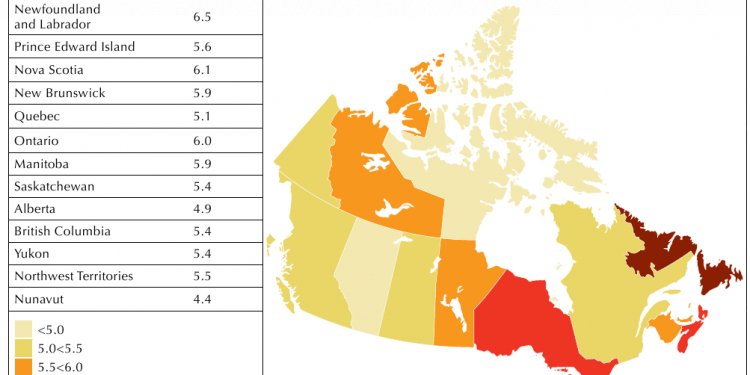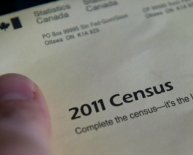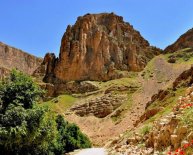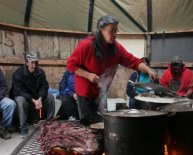
Aboriginal population in Canada
By the Demosim Team
Report served by Éric Caron Malenfant and Jean-Dominique Morency
Statistics Canada, 2011
Introduction
It is well-established that in the 1st hundreds of years following settlement of Europeans in the usa, the Aboriginal populations in Canada declined considerably. But is equally obvious your twentieth century had been marked by a demographic rebound that presents every sign of continuing in these early several years of the twenty-first century (Charbonneau, 1984; Romaniuc, 2003; Statistics Canada, 2008-1). In Line With The data collected from census question on ethnic source (or ancestry) which has been expected in censuses considering that the late 19th century, the sheer number of folks stating an Aboriginal ancestry, believed at barely significantly more than 100, 000 in the change of twentieth century, rose to over 160, 000 in 1951 and exceeded one million in 1991 (Guimond, Robitaille and Senécal, 2009). Much more the last few years, Aboriginal individuals, whether they are defined based on ancestry or self-reported Aboriginal identity, have observed their numbers grow quicker versus remaining Canadian population, and appropriately how much they weigh within the Canadian population is currently increasing. Persons with Aboriginal ancestry—that is by using one Aboriginal ancestor—represented 5.4% of the population in 2006, in comparison to 3.8% ten years previously. Individuals which reported an Aboriginal identification (essentially a subset regarding the population with Aboriginal ancestry) consequently constructed 3.8percent regarding the populace in 2006, in comparison to 2.8per cent in 1996 (Statistics Canada, 2008-1; Statistics Canada, 2008-2; Statistics Canada, 2003).
This larger population development in modern times has occurred in the 3 primary groups focused since 1996 by the census question on Aboriginal identity—North American Indians (or of very first countries people), Métis and Inuit—to differing levels as well as various explanations. The fast boost in the Inuit and us Indian communities is basically due to their having a lot higher fertility as compared to rest of the population, which can be false for Métis, whoever fertility is somewhat greater. Yet it is the latter populace which, from 1996 to 2006, experienced the best growth: 91per cent, or virtually a doubling in 10 years. The reason being the Métis saw their numbers enhance because of a phenomenon generally "ethnic mobility, " wherein men and women changed their particular reporting of identification to Métis in one census or any other. This occurrence has also been observed, although to a smaller level, inside North American Indian populace.
It absolutely was within context that Statistics Canada created a unique pair of forecasts which, based on the 2006 Census, seek to calculate exactly what the united states Indian, Métis and Inuit identification communities may be in 2031, according to a restricted wide range of circumstances. Prospective information are important when it comes to preparation of varied public guidelines relating to Aboriginal communities, and because of this, combined with release of the results of this 2006 Census which reveal the speed of demographic modifications influencing these communities, it was required to upgrade forecasts of Aboriginal identity, since the latest ones had been based on the 2001 Census (Statistics Canada, 2005). For this purpose, Statistics Canada's Demography Division undertook an extensive overhaul of their types of projecting Aboriginal communities, using current advancements in microsimulation. This led to some innovations. Unlike earlier designs, the present design may be employed to project Aboriginal and non-Aboriginal populations coherently and simultaneously and also to take into consideration, during projection, a heightened range dimensions particularly knowledge and marital status. Additionally, the forecasts presented here are the firstly Statistics Canada's to clearly take account of alterations in the reporting of Aboriginal identity over an eternity, therefore to estimate the possibility effect with this component on future Aboriginal communities.
These methodological components of the projections tend to be shortly described in area 1 of this report. Section 2 involves the assumptions and circumstances found in this exercise. Part 3 describes a number of the restrictions of the forecasts that readers need to keep at heart, while Section 4 gifts an evaluation associated with the main outcomes of the projections according to the demographic development, age construction and geographic distribution of this united states Indian, Métis and Inuit populations, that are examined separately. Appended to this report, the reader will even discover tables summarizing the results for each for the teams projected.
Eventually, it ought to be noted these forecasts obtained monetary assistance from Aboriginal matters and Northern Development Canada when you look at the framework of financial investment in analysis and development, also from hr and techniques Development Canada, Canadian Heritage, and Citizenship and Immigration Canada. Those divisions additionally definitely added into improvement the strategy, presumptions and situations found in these projections.
Note to readers:
Please take note that modifications were made on March 13th, 2012, on data shown in Table 3 for this book. We regret any inconvenience this could have triggered. To find out more, be sure to call us.

















